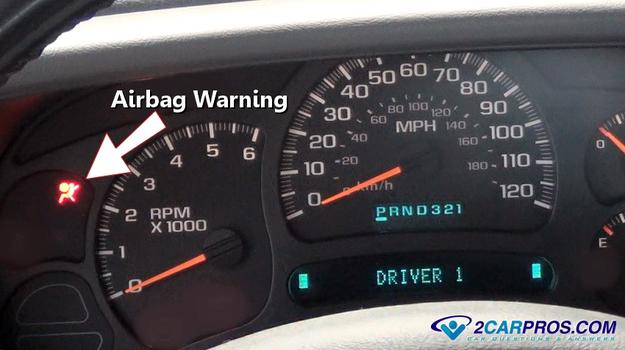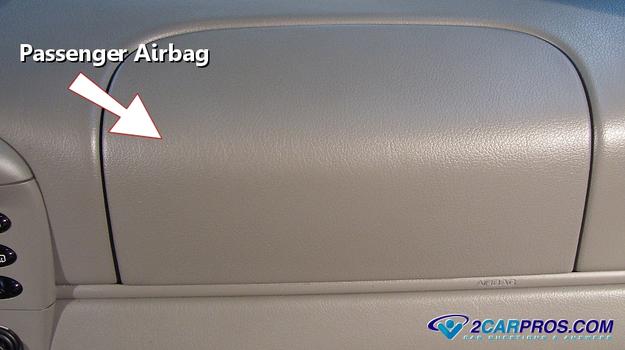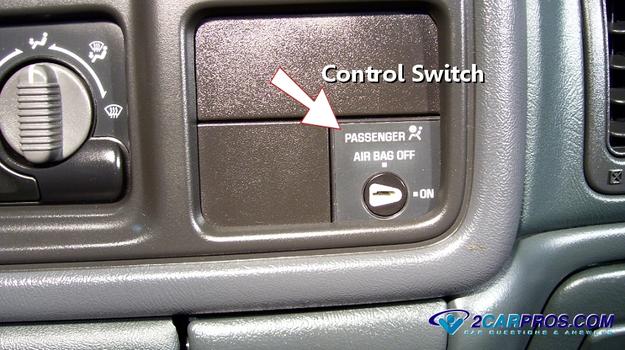How An Air bag Safety System Works
Air Bag Safety SRS
Helpful Information
A vehicle goes through a diagnostic check to ensure the system is operational, if the computer detects a problem it will shut down the system while illuminating the warning light. The technical term for the air bag safety system is supplemental inflatable restraint or (SIR), cushion restraint system, or supplementary restraint system (SRS). Airbag triggering systems have become more advanced and sophisticated, helping to prevent injury and death. To reduce the impact force of bags, multi-stage inflators have been developed to help control deployment based on whether the crash is severe or moderate. According to research, air bags when accompanied with seat belts, reduces the number of deaths due in automobile accidents by 22 %.
History
Air bags were first commercially available in the 1970s, and were derived from a system used in aircraft in the 1940s. At that time drivers were not required to wear seatbelts and air bags were considered a seat belt replacement. In 1971 Ford introduced an experimental air bag system, General Motors followed in 1973 by introducing their system, which had a two-stage deployment. One significant difference between the early airbags and those used today, is that the passenger side airbag was placed at the bottom of the dashboard, protecting the knees, instead of above the glove compartment. The initial air bag system was enhanced and replaced with the supplemental restraint system or SRS which was introduced in the S-Class Mercedes-Benz in 1980, Porsche was the first to introduce the passenger side airbag.
Easy to understand guide on how an automotive air bag safety (SRS supplemental restraint system) systems works, this information pertains to most cars.
An automotive air bag safety system is designed to help keep passengers safe in the event of an accident by inflating when a car strikes an object at speeds above 8 to 14 MPH, and then automatically deflating at temperatures of 200°, in case of fire. (Note: If an air bag warning light is illuminated while driving the air bag safety system has been disabled and will not activate in the event of an accident.)

Airbag Warning Light
An airbag inflation module is located at the center of the steering wheel which contains the nylon style airbag and inflation unit. There are four or more impact sensors around the vehicle which will send a signal to the main SRS computer in case of an accident, an electrical signal is then sent to discharge rapidly expanding gases through an orifice located at the rear of the airbag, which immediately fills to cushioning the impact of the head and torso to prevent injury. This unit is contained within a trim cover, which is designed with a molded seam that tears open as the airbag deploys.

Drivers Side Airbag
The passenger side air bag operates in much of the same manner as the drivers side unit with the exception of a weight sensor located in the passenger seat which detects the presents of a person sitting in the seat.

Passenger Side Air Bag
Front passengers should be set back away from the air bag to avoid any adverse effects of the airbag in the event of an accident. Many cars are equipped with a control switch that will disable the system in the even of small children or infants seats.

Passengers Side Air Bag Control Switch
Side air impact bags were introduced to aid further safety aspects, these air bags are located inside the seat, door panel or side molding. Some side airbags can be located in the roof, back seat or the inboard edge or the door sill.

Side Airbag System
Disconnect the negative battery terminal for 10 minuets to prevent accidently discharge of the system before attempting removal or repairs.

Airbag Cartridge

Airbag Warning Light

Drivers Side Airbag

Passenger Side Air Bag
Front passengers should be set back away from the air bag to avoid any adverse effects of the airbag in the event of an accident. Many cars are equipped with a control switch that will disable the system in the even of small children or infants seats.

Passengers Side Air Bag Control Switch

Side Airbag System

Airbag Cartridge
Comments
Post a Comment